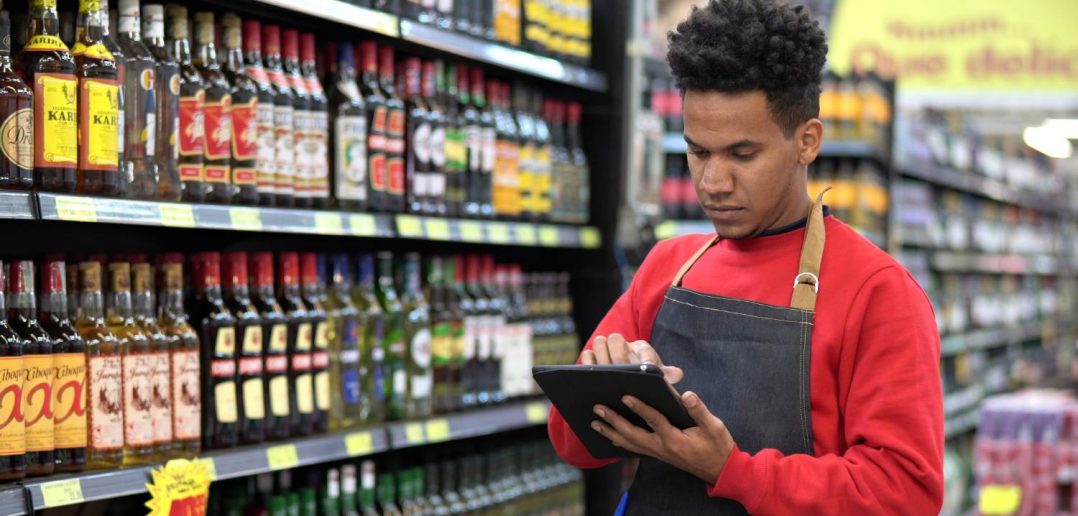This Is the latest installment in my series of posts dedicated to describing IoT applications in retail. Why do I want retailers to move more quickly in their widescale adoption of IoT in the coming year? Because I'm confident they'll see results, and these use cases help explain how.
As I mentioned previously, RSR Research has jointly published a benchmark report with SAS, revealing the perceived value of IoT in the industry. Interestingly, those perceptions vary between high-performing retail winners and others surveyed. My first post explored IoT-enabled omnichannel customer experience, and this post will describe technology for IoT-connected supply chains.
Follow the money to find IoT applications in retail
The retail industry's largest driver of cost is supply chain operations. Naturally, optimizing a supply chain's efficiency has been the obsession of retail executives from the beginning. Over the past 50 years the science of supply chain management has seen multiple phases of innovation from keiretsu-style networks to vendor-managed inventory, and recently supply chain outsourcing – each evolution driving greater efficiency in how finished goods move through the economy.
In an area with this much potential for improvement, retailers closely scrutinize new technologies like IoT competitive advantage opportunities.
Two of the top four business drivers for retail involve the IoT supply chain, according to the RSR analysis:
- Improving omnichannel supply chain visibility.
- Optimizing inventory investments.
Not surprising, IHL Group estimates overstocks and out-of-stock losses to cost the retail industry over $1 trillion per year globally.
Omnichannel order management and fulfillment
Digitizing the supply chain with sensors and IoT can also improve demand forecasting and fulfillment. In today’s retail world where consumers increasingly bounce across channels to research, select and purchase products, understanding demand can be a challenge.
Smart demand forecasting technology can balance direct-to-customer and store-bound order fulfillment to meet customer needs at lower costs. How does IoT play a role? Real-time, context-aware analytics and curated network data are used to sense demand and automatically adjust inventory.
Stated more simply, IoT-enabled inventory combines GPS and text messaging data from your mobile phone with your online wish list to create a wonderful in-aisle customer experience.
Smart shelves offer personalized deals at the point of sale
Visionary retailers are already using smart shelf technology that pairs with mobile apps and your shopping list, to offer personalized promos via digital displays on store shelves. That's a winning combination of inventory optimization along with buy online/pick-up in store options for a hyper-personalized customer experience.
I'd love to hear your thoughts about IoT applications in retail, and especially in supply chains. Retailers like Kroger say their experiments with the technology rank in the 90th percentile for positive customer sentiment. Those high marks would make any retailer envious!
Learn how Carrefour optimizes its supply chain with IoT Read the RSR research about IoT in retail
